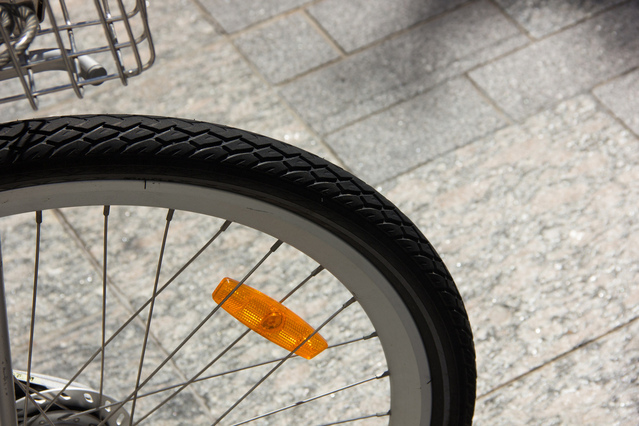Section 240 of the New York Labor Law is often referred to as the “Scaffold Law” because it protects construction workers who work at heights and are at risk of
Plaintiffs sometimes must file a lawsuit before they have all of the information they need to prove their case. The defendant may hold information necessary to prove liability. The plaintiff
Res ipsa loquitur is a legal doctrine that holds that a defendant may be presumed negligent if it had exclusive control of the instrumentality of the injury, if the incident
Generally, property owners are not liable for unforeseeable and unexpected assaults on their premises. They may, however, have a duty if the risk of harm is foreseeable. Additionally, while landowners
Landlords have a duty to maintain their property in a reasonably safe condition. A landlord may be liable for injuries resulting from its failure to maintain the property in a reasonably
Sometimes pedestrians cross the street outside the crosswalk. Fortunately for accident victims, crossing outside the crosswalk does not necessarily preclude them from compensation from at-fault parties. In New York, a driver
A New York automobile accident victim may only bring a negligence case against the other party if the victim suffered at least $50,000 in basic economic loss or a serious
It is often said that New York law allows dogs one free bite. It is more accurate to state, however, that an owner will be liable for injuries caused by
Defendants in New York personal injury cases often attempt to prevent a case from going to trial by moving for summary judgment. To succeed in a motion for summary judgment, the
New York Labor Law protects construction workers and places liability on owners and contractors under certain circumstances. Plaintiffs injured in a construction accident often bring claims under multiple sections of














